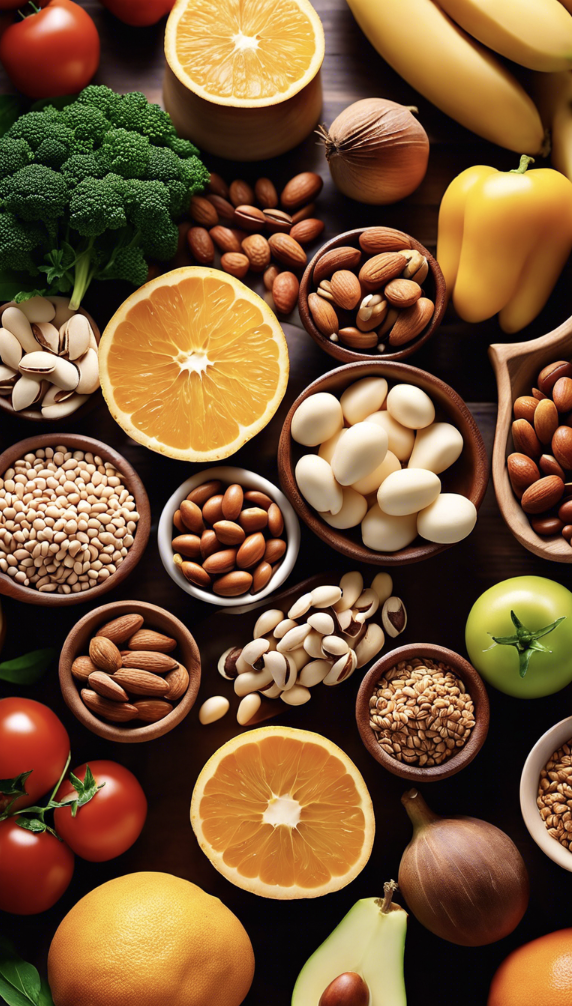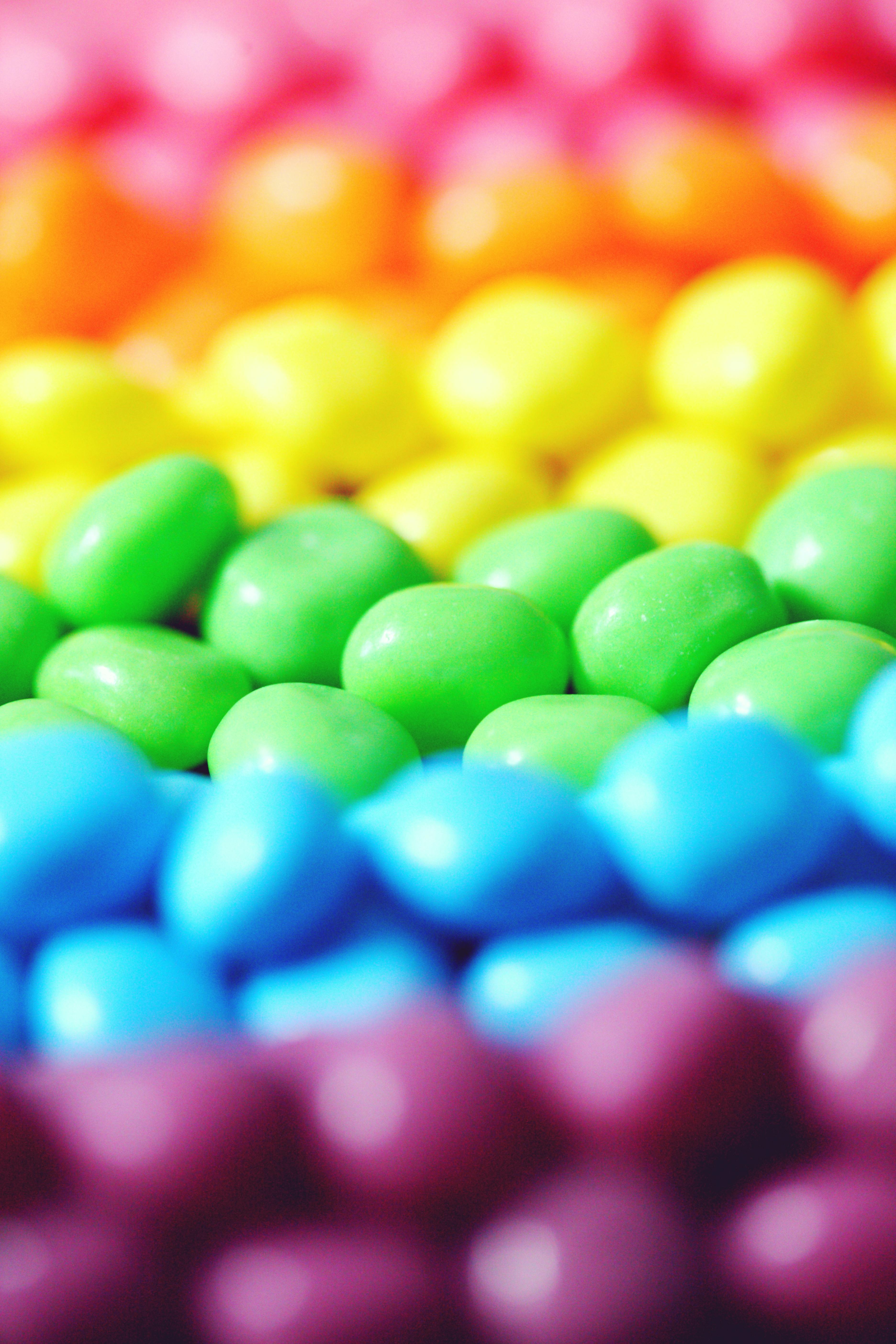Not only does eating fiber keep your bowels moving regularly, fiber actually helps regulate blood sugar levels, promotes healthy bacteria in your gut (which lowers bad inflammation), and has been shown to reduce the risk of colon cancer.
Fiber is one of the most powerful tools we have for health, yet it’s often overlooked in our daily diet. Fiber-rich foods create bulk in the gut, helping with regular bowel movements and reducing bloating. And because fiber slows digestion, it supports weight management by keeping us full longer. Moreover, fiber feeds beneficial gut bacteria, leading to a healthier microbiome, which is crucial for immunity, mental health, and even hormone balance.
Fiber is essential for metabolic and digestive health, as shown by various clinical studies. Research published in The Lancet found that people with higher fiber intake (25-29 grams per day) had a 15-30% reduced risk of heart disease, stroke, and type 2 diabetes, compared to those with low intake. In terms of diabetes management, studies show that a high-fiber diet helps stabilize blood glucose by slowing carb absorption . Furthermore, a study published in the International Journal of Obesity noted that fiber enhances microbiome diversity, essential for immunity and reduced inflammation which is associated with less weight gain.
To get these benefits, try to include a variety of fiber sources like vegetables, fruits, whole grains, nuts, and seeds in your diet. Embracing fiber isn’t about restriction; it’s about adding delicious, nutritious foods that naturally improve health from the inside out!
Here’s a list of fiber-rich foods to help boost your intake and support metabolic health, digestion, and blood sugar control:
1. Vegetables
- Leafy greens: spinach, kale, Swiss chard
- Cruciferous veggies: broccoli, cauliflower, Brussels sprouts
- Root vegetables: carrots, beets, sweet potatoes
- Other fiber-packed veggies: artichokes, green peas, and bell peppers
2. Fruits
- Berries: raspberries, blackberries, strawberries, blueberries (excellent fiber and antioxidant sources)
- Apples and pears (with skin): the skin is where most fiber is concentrated
- Citrus: oranges, grapefruits (includes soluble fiber for heart health)
- Bananas: especially when slightly green for resistant starch, a type of fiber
- Avocado: rich in both fiber and healthy fats
3. Whole Grains
- Oats: especially steel-cut or rolled oats (not the processed 1 minute oats)
- Quinoa: a gluten-free grain with a good fiber boost
- Brown rice and wild rice
- Barley: particularly high in soluble fiber
- Whole-grain bread and pasta: ideally those labeled “100% whole grain”
4. Legumes
- Lentils: red, green, and black varieties
- Beans: black beans, kidney beans, chickpeas, and navy beans
- Split peas: great in soups and stews
- Edamame: fresh or dried as a snack
5. Nuts and Seeds
- Chia seeds: a powerhouse of fiber and omega-3s (can be added to smoothies, yogurt, or oatmeal)
- Flaxseeds: high in fiber and can be added to smoothies, oatmeal, or baked goods
- Almonds and walnuts: nutrient-dense and a great fiber-rich snack
- Pumpkin seeds and sunflower seeds: high in fiber and healthy fats
6. Other Fiber-Rich Foods
- Popcorn: air-popped and unsalted is a whole grain with fiber (not the microwaveable bags which are loaded with trans fats and chemicals)
- Psyllium husk: often used as a fiber supplement and can be mixed with water or added to smoothies
These foods can be easily incorporated into daily meals and snacks for steady, manageable increases in fiber intake.




